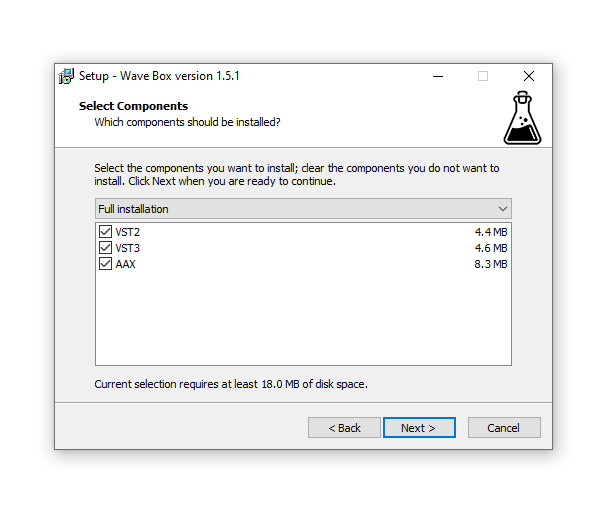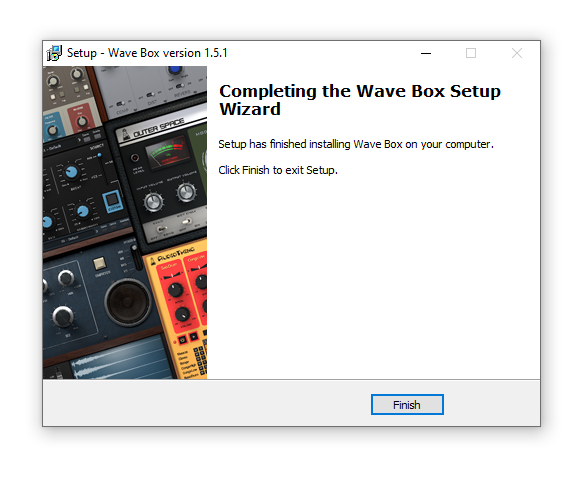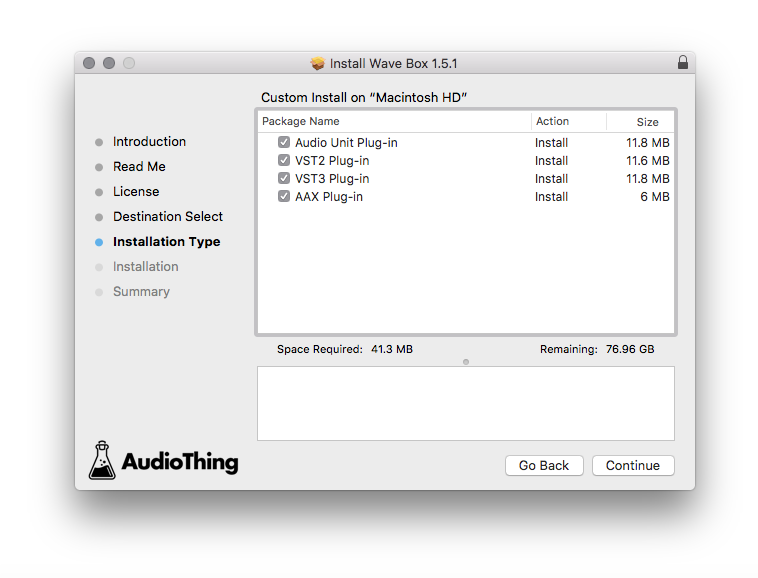Buy Things – Motor, get a free gift with purchase:
Morphing Rotor Effect
Motor is a plugin effect that uses side-chaining to combine signals in new and interesting ways: put in any two signals and they will dance around each other like courting birds drunk on fermented cherries. Use it to gentle morph between sounds or rhythmically cut them up, affecting both volume and spatial position. Add life to the plainest signals with vibrato, or destroy them in interesting ways with extreme modulation speeds.
Where Does it Come From?
Like AudioThing's previous collaboration with Hainbach (the Soviet spy recorder turned echo, Wires), Motors takes cues from history: “The Crystal Palace” built by Dave Young for the BBC Radiophonic workshop. This one-of-a-kind tool allowed speed-dependent switching of up to sixteen audio channels. It did so in an almost steampunk fashion, by employing a big capacitor rotating on a Motor. The effects it created reached from sublime to almost granular, a major achievement at the time. You can hear it on the soundtrack to the Doctor Who episode “The Krotons” by Brian Hodgson and Delia Derbyshire.

What is New?
Things Motor focuses and expands on this peculiar tool by allowing the combination of two signals via sidechain, which makes it work easily across platforms. Switching is controlled via a variable waveshape LFO instead of the fixed physical waveform of the original. This allows for smooth morphing or aggressively chopped sounds, and worlds in between. You can even use it for audio rate modulation of signals, which results in ring-modulation-like artefacts.
To make it a truly versatile tool, AudioThing added a vibrato and a panner synced to the “motor” LFO, as well as some of AudioThing's classic analogue-like sound shaping. Together with the variable time on the motor start/stop this becomes the sound morphing rotary effect you never know you needed – until you hear it.
The Past Melts into the Present
While the original Crystal Palace might not be heard in public again, with Things Motor you get a modern take on a classic tool. Bringing avant-garde techniques of the past to a modern audience is one of Hainbach’s main interests on his channel, and AudioThing are happy to have partnered up with him on this.
Hainbach
Based out of Berlin, Germany, electronic music composer and performer Hainbach creates shifting audio landscapes THE WIRE called “One hell of a trip”. He has been fascinated with electronic sounds since he discovered the dial on the radio. Never losing his childhood wonder, he still searches for the sounds in between on modular synths, tape, and test equipment, making even the unmusical “music”. Through his YouTube channel, Hainbach brings experimental music techniques to a wider audience.
Features
- Signal Chopper
- Tremolo, Vibrato, Panner
- Multi-wave LFO (Sine, Triangle, Ramp Up, Ramp Down, Square, Sine Up, Sine Down, Exp Up, Exp Down, S&H)
- LFO Start/Stop with Speed Control
- Resizable Window
System Requirements
Windows
- Windows 7-11
- 2GHz CPU, 4 GB RAM
- VST2, VST3, AAX, CLAP (64-bit)
Mac
- OS X 10.9 – macOS 14
- Apple Silicon (M chips) Native (Universal 2 Binary)
- 2GHz CPU, 4 GB RAM
- VST2, VST3, AU, AAX, CLAP (64-bit)
- Universal 2 Binary
Note: Wave Box is used as an example.
Windows
1. Visit the AudioThing Account Signup Page and enter your personal details to set up an account. Click the Verification and "I've read and agree to the Privacy Policy" > Click Sign Up.
Note: If you already have an existing AudioThing account, Login here and skip to step 3 of the installation process.

2. A confirmation email will now be sent to your registered email > click the link within the email to activate your account and Login here.
3. Once logged into your account, visit the Redeem Page and enter Redeem Code from your Plugin Boutique User Account into the box > Click 'Redeem'.

4. Download the PC installer and the Offline Activation License.
Note: Save the Offline Activation License to a memorable location on your computer for activating the software.

5. Double-click the downloaded .zip folder to extract its contents.
6. Double-click the extracted .exe file > click 'I accept the agreement and click 'Next'.

7. Click 'Next'.

8. Select the components that you wish to install > Click ‘Next’.

9. Click ‘Next’.

10. Click 'Install'.

11. Click ‘Finish’.

Offline Activation
1. Open Wave Box inside of your DAW > Click 'Offline'.

2. Click 'Load Licence File' and navigate to your Offline Activation License.

3. Click the X to close the box.

The software is now activated and ready to use inside your DAW!

Online Activation
1. Open Wave Box inside of your DAW > Click 'Online'.

2. Enter your AudioThing email and password > Click 'Log In'.

3. Click the X to close the box.

The software is now activated and ready to use inside your DAW!

Mac
1. Visit the AudioThing Account Signup Page and enter your personal details to set up an account. Click the Verification and "I've read and agree to the Privacy Policy" > Click Sign Up.
Note: If you already have an existing AudioThing account, Login here and skip to step 3 of the installation process.

2. A confirmation email will now be sent to your registered email > click the link within the email to activate your account and Login here.
3. Once logged into your account, visit the Redeem Page and enter Redeem Code from your Plugin Boutique User Account into the box > Click 'Redeem'.

4. Download the MAC installer and the Offline Activation License.
Note: Save the Offline Activation License to a memorable location on your computer for activating the software.

5. Double-click the downloaded .dmg folder to extract its contents > Double-click the .pkg file to run the installer
6. Click 'Continue'.

7. Click ‘Continue’.

8. Click 'Continue'.

9. Click ‘Agree’.

10. Select the components you would like to install > Click 'Continue'.

11. Click ‘Install’.

12. Click 'Close'.

Offline Activation
1. Open Wave Box inside of your DAW > Click 'Offline'.

2. Click 'Load Licence File' and navigate to your Offline Activation License.

3. Click the X to close the box.

The software is now activated and ready to use inside your DAW!

Online Activation
1. Open Wave Box inside of your DAW > Click 'Online'.

2. Enter your AudioThing email and password > Click 'Log In'.

3. Click the X to close the box.

The software is now activated and ready to use inside your DAW!


